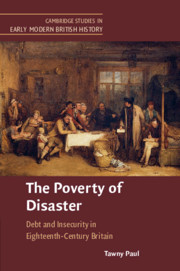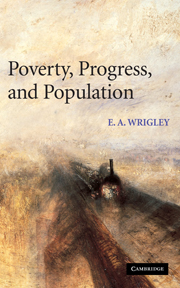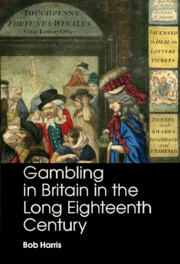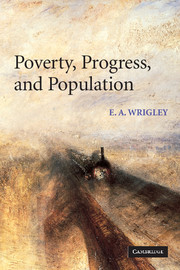The Poverty of Disaster
Eighteenth-century Britain is often understood as a time of commercial success, economic growth, and improving living standards. Yet during this period, tens of thousands of men and women were imprisoned for failing to pay their debts. The Poverty of Disaster tells their stories, focusing on the experiences of the middle classes who enjoyed opportunities for success on one hand, but who also faced the prospect of downward social mobility. Tawny Paul examines the role that debt insecurity played within society and the fragility of the credit relations that underpinned commercial activity, livelihood, and social status. She demonstrates how, for the middle classes, insecurity took economic, social, and embodied forms. It shaped the work that people did, their social status, their sense of self, their bodily autonomy, and their relationships with others. In an era of growing debt and the squeeze of the middle class, The Poverty of Disaster offers a new history of capitalism and takes a long view of the financial insecurities that plague our own uncertain times.
- Tells the history of the eighteenth-century British economy through human stories and experiences
- Offers a new perspective on economic growth and class formation in early modern Britain
- Integrates histories of emotions and gender with the history of debt to appeal to those interested in both cultural and economic history
Reviews & endorsements
‘Gallas’s book tells a complex and fascinating story of a crucial period in Jewish cultural history that encompasses loss and survival, discontinuity and continuity.’ Elizabeth Friend-Smith, Early Modern British History
Product details
January 2021Paperback
9781108739252
299 pages
229 × 152 × 16 mm
0.406kg
Available
Table of Contents
- Introduction
- Part I. Structures of Insecurity:
- 1. The scale of incarceration: debt and the middling sort
- 2. Credit and the economic structures of insecurity
- 3. Social structures of insecurity
- Part II. The Insecure Self:
- 4. Keeping in credit: reputation and gender
- 5. Occupational identities and the precariousness of work
- Part III. The Debtor's Body:
- 6. Punishing the body: harm and the coercive nature of credit
- 7. The worth of bodies: debt bondage, value and selfhood
- Conclusion.









